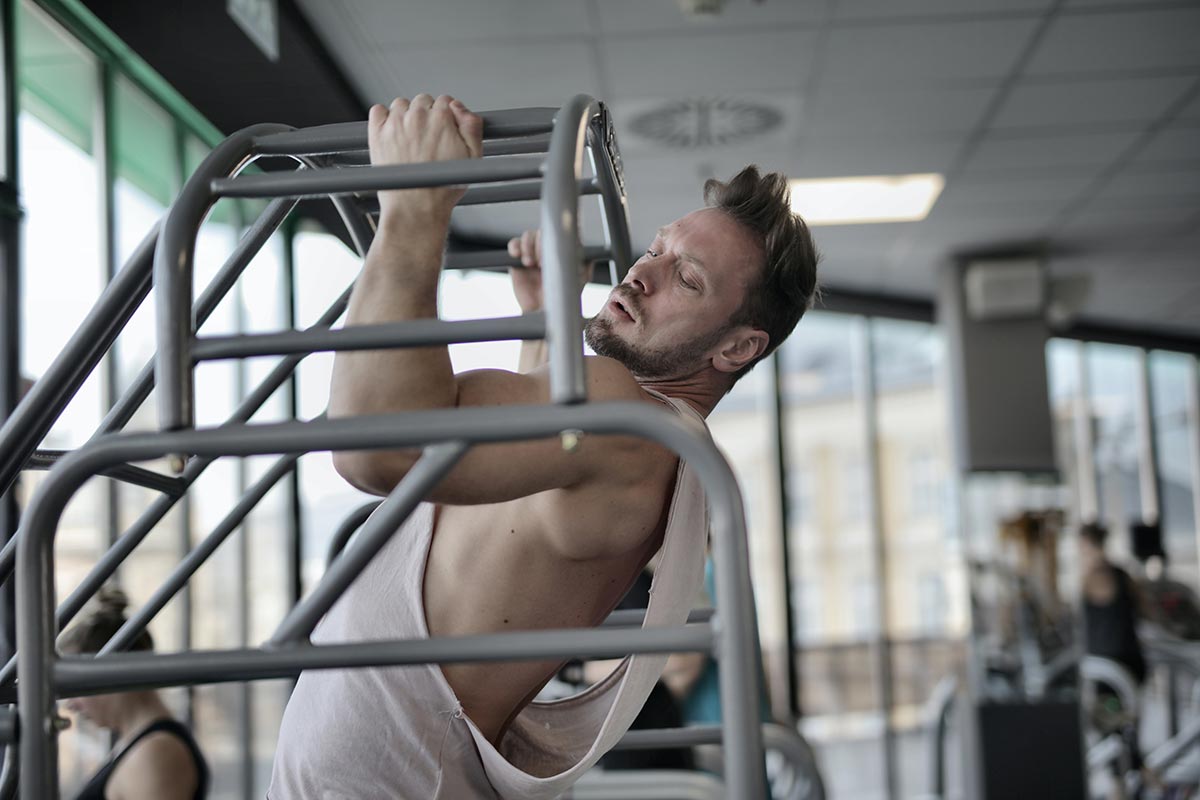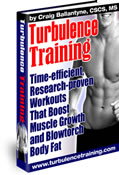As you embark on your fitness journey, ensuring that every minute in the gym is productive is crucial. Unfortunately, many people spend their workouts performing exercises that provide minimal benefits while consuming valuable time and energy. This often leads to frustration, a lack of results, and, ultimately, a loss of motivation. The good news? By making informed exercise swaps, you can drastically improve your workout efficiency and progress.
Strength training is not just about movement—it's about choosing the right movements. If you replace ineffective exercises with compound, functional movements, you’ll not only build muscle more efficiently but also burn more calories and enhance overall fitness. So, let's dive into some of the smartest exercise swaps that will help you break through plateaus and maximize your time in the gym.
Swap Lateral Raises for Shoulder Presses
Lateral raises are often included in workouts to target the shoulders, particularly the lateral deltoid. While they do provide some benefit, they focus on a small muscle group and limit overall strength development. Instead, replacing them with shoulder presses offers a far more effective solution. Shoulder presses not only engage all three heads of the deltoid (anterior, lateral, and posterior) but also activate the triceps and upper chest.
Additionally, because shoulder presses require stability and coordination, they contribute to greater overall functional strength. Performing a standing overhead press rather than a seated variation will also engage the core muscles, further enhancing workout efficiency. If you’re aiming for broad, well-developed shoulders while maximizing strength, shoulder presses are the superior choice.
Replace Hip Raises with Lunges
Hip raises, or glute bridges, are often favored for glute activation. While they do engage the glutes, they don't provide the same level of overall lower body activation as lunges. Lunges are a dynamic, multi-joint exercise that works the glutes, quadriceps, hamstrings, and calves simultaneously. This makes them one of the most functional and effective lower-body movements. Additionally, lunges require balance and coordination, engaging the core and stabilizing muscles in the process.
The unilateral nature of lunges also helps correct muscle imbalances, reducing the risk of injuries caused by muscular asymmetries. If your goal is to strengthen and sculpt your lower body while improving overall mobility and stability, lunges should be a staple in your routine.
Swap Bicep Curls for Chin-Ups
Bicep curls are a common choice for arm training, but they only isolate the biceps, limiting overall upper-body engagement. Instead, opting for chin-ups provides a far superior alternative. Chin-ups work the biceps more effectively than curls because they involve lifting the entire body weight rather than just a small external load. Additionally, chin-ups engage the latissimus dorsi, rear deltoids, and forearms, making them a comprehensive upper-body exercise.
Another advantage is that they promote functional strength, improving pulling power, grip strength, and overall athletic performance. If you’re serious about building strong, well-defined arms and an impressive upper body, chin-ups should be prioritized over isolated bicep exercises.
Replace Crunches with Planks and Rollouts
Crunches have long been a go-to exercise for abdominal training, but their effectiveness is often overrated. While they do target the rectus abdominis, they do little for core stability or functional strength. A better alternative is the plank, which engages the entire core, including the transverse abdominis, obliques, and lower back muscles. Planks train the core to function as a stabilizing unit, which is essential for preventing injuries and improving athletic performance.
To further intensify your core training, consider incorporating rollouts using an ab wheel or stability ball. These exercises extend the range of motion, increase muscle activation, and enhance core endurance. For a stronger, more functional core, ditch the crunches and focus on planks and rollouts instead.
Swap Leg Extensions for Squats
Leg extensions target the quadriceps but do so in a way that places unnecessary stress on the knee joints while neglecting other key lower-body muscles. In contrast, squats are a compound movement that engages the quadriceps, hamstrings, glutes, and core. Squats also enhance functional movement patterns, improving athletic performance and everyday activities like lifting, running, and jumping.
Because squats allow for heavier loading, they contribute to greater strength gains and increased calorie burn. Whether performed with a barbell, dumbbells, or bodyweight, squats offer unmatched benefits for lower-body development. If you want to build powerful legs and a strong core while maximizing efficiency, squats are the way to go.
The Power of Functional Training: Why It Matters
One of the biggest mistakes in gym routines is focusing too much on isolated movements while neglecting functional training. Functional exercises mimic real-world movements and improve overall strength, coordination, and mobility. Movements like deadlifts, push-ups, lunges, and kettlebell swings engage multiple muscle groups simultaneously, leading to more effective workouts.
Studies have shown that incorporating functional exercises into training not only improves athletic performance but also reduces the risk of injuries by enhancing joint stability and movement efficiency. By emphasizing functional training, you can develop a well-rounded physique that is both strong and capable of handling daily activities with ease.
The Benefits of High-Intensity Interval Training (HIIT)
For individuals who struggle to find time for long workouts, High-Intensity Interval Training (HIIT) offers a time-efficient alternative. HIIT involves short bursts of intense exercise followed by brief recovery periods, maximizing calorie burn and improving cardiovascular health in a fraction of the time. Research suggests that HIIT can increase metabolic rate, enhance insulin sensitivity, and promote fat loss more effectively than steady-state cardio.
By incorporating HIIT workouts that combine strength and cardio, you can achieve impressive fitness gains while minimizing time spent in the gym. If you're looking for a workout method that delivers results without consuming hours of your day, HIIT is a game-changer.
Prioritizing Compound Movements for Maximum Results
Compound movements, which involve multiple joints and muscle groups, are the cornerstone of an effective training program. Exercises like deadlifts, bench presses, pull-ups, and rows engage large muscle groups, leading to greater strength development and increased calorie expenditure.
By focusing on compound movements, you can build a stronger, more balanced physique while maximizing workout efficiency. Incorporating these exercises into your routine ensures that you're making the most of your gym time, leading to faster and more sustainable progress.
Optimizing your workout routine is about making strategic exercise choices that deliver the best results for your time and effort. By replacing inefficient movements with compound exercises, functional training, and high-intensity methods, you can enhance performance, build strength, and accelerate fat loss. The key is to prioritize exercises that engage multiple muscle groups, promote functional movement, and align with your fitness goals. Train smarter, not harder, and you’ll see faster, more sustainable progress in your fitness journey.
Sources:
• Mayo Clinic. “Strength training: Get stronger, leaner, healthier.”
• American Council on Exercise. “6 Exercise Swaps for a More Effective Workout.”
• The Daily Telegraph. “Why
is on the rise.”
• FitBizWeekly. “Latest Studies on Exercise.”
• Muscle & Strength. “Maximize Your Gym Time: A Look At The Most Productive Muscle Building Exercises.”












